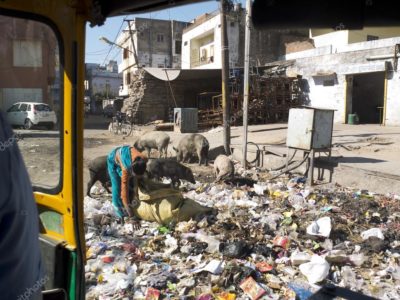POVERTY IN AFRICA. DID YOU KNOW?
More than 70 per cent of Africa’s continent’s poor people live in rural areas and depend on agriculture for food and livelihood, yet development assistance to agriculture is decreasing. In Sub-Saharan Africa, more than 218 million people live in extreme poverty. Among them are rural poor people in Eastern and Southern Africa, an area that has one of the world’s highest concentrations of poor people. The incidence of poverty in Sub-Saharan Africa is increasing faster than the population. Overall, the pace of poverty reduction in most of Africa has slowed since the 1970s.
Seventy-five percent of the world’s poorest countries are located in Africa, including Zimbabwe, Liberia and Ethiopia.
According to Gallup World, in 2013, the 10 countries with the highest proportion of residents living in extreme poverty were all in sub-Saharan Africa. Extreme poverty is defined as living on $1.25 or less a day. In 2010, 414 million people were living in extreme poverty across sub-Saharan Africa. According to the World Bank, those living on $1.25-a-day accounted for 48.5 percent of the population in that region in 2010.
Approximately one in three people living in sub-Saharan Africa are undernourished. The Food and Agriculture Organization (FAO) of the United Nations estimated that 239 million people (around 30 percent of the population) in sub-Saharan Africa were hungry in 2010. This is the highest percentage of any region in the world. In addition, the U.N. Millennium Project reported that over 40 percent of all Africans are unable to regularly obtain sufficient food.
In sub-Saharan Africa, 589 million people live without electricity. As a result, a staggering 80 percent of the population relies on biomass products such as wood, charcoal and dung in order to cook.
Of the 738 million people globally who lack access to clean water, 37 percent are living in sub-Saharan Africa. Poverty in Africa results in over 500 million people suffering from waterborne diseases. According to the U.N. Millennium Project, more than 50 percent of Africans have a water-related illness like cholera.
Every year, sub-Saharan Africa loses $28.4 billion to water and sanitation problems. This amount accounts for approximately five percent of the region’s gross domestic product (GDP)—exceeding the total amount of foreign aid sent to sub-Saharan Africa in 2003.
Thirty-eight percent of the world’s refugees are located in Africa. Due to continuing violence, conflict and widespread human rights abuses, the United Nations High Commissioner for Refugees (UNHCR) reports that 11 million people, including stateless people and returnees, exist in Africa.
Fewer than 20 percent of African women have access to education. Uneducated African women are twice as likely to contract AIDS and 50 percent less likely to immunize their children. Meanwhile, the children of African women with at least five years of schooling have a 40 percent higher chance of survival.
Women in sub-Saharan Africa are over 230 times more likely to die during childbirth or pregnancy than women in North America. Approximately one in 16 women living in sub-Saharan African will die during childbirth or pregnancy. Only one in 4,000 women in North America will.
More than one million people, mostly children under the age of five, die every year from malaria. Malarial deaths in Africa alone account for 90 percent of all malaria deaths worldwide. Eighty percent of these victims are African children. The U.N. Millennium Project has calculated that a child in Africa dies from malaria every 30 seconds, or about 3,000 each day.
CHANGE A LIFE TODAY
As long as poverty, injustice & inequality persist, none of us can truly rest. It doesn’t take much to change a life, Get in touch today and start making the difference.



